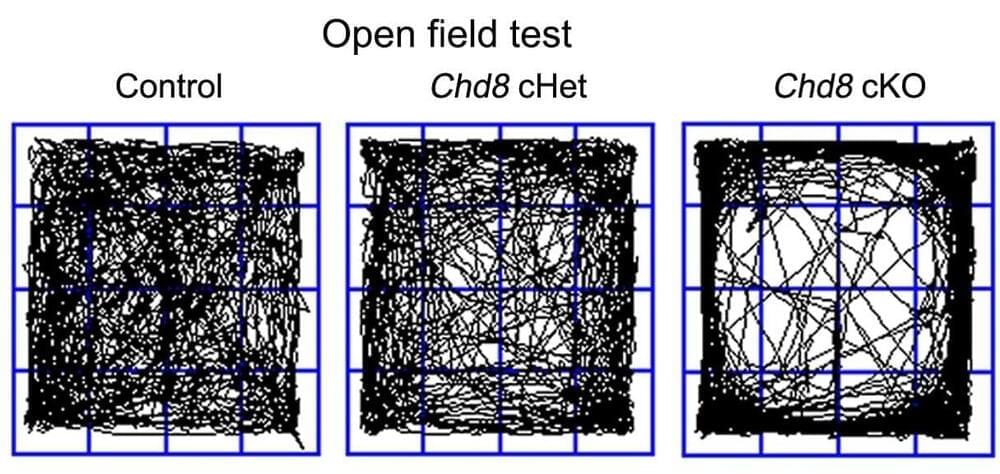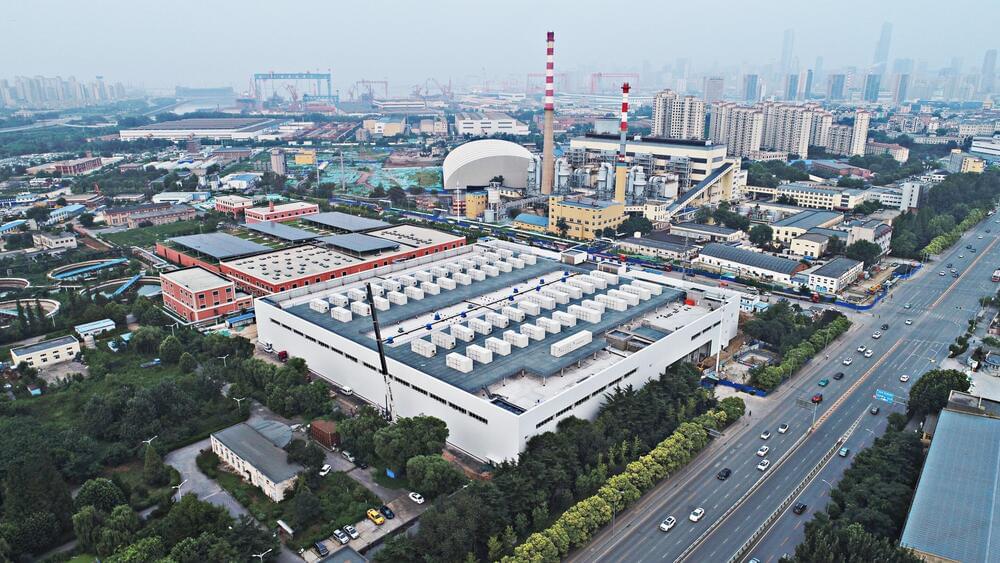The universe’s first stars, known as population III, could have had masses up to 250 times greater than that of the Sun. We may now have proof of them.
Astronomers now believe they have discovered ancient chemical remnants of the universe’s first stars, according to new research published in The Astrophysical Journal.
For decades scientists have been diligently looking for direct evidence of these ‘first generation’ stars believed to have formed when the Earth was a modest 100 million years old. The discovery could improve our understanding of how matter in the universe evolved into what it is today, including us. Commons.








